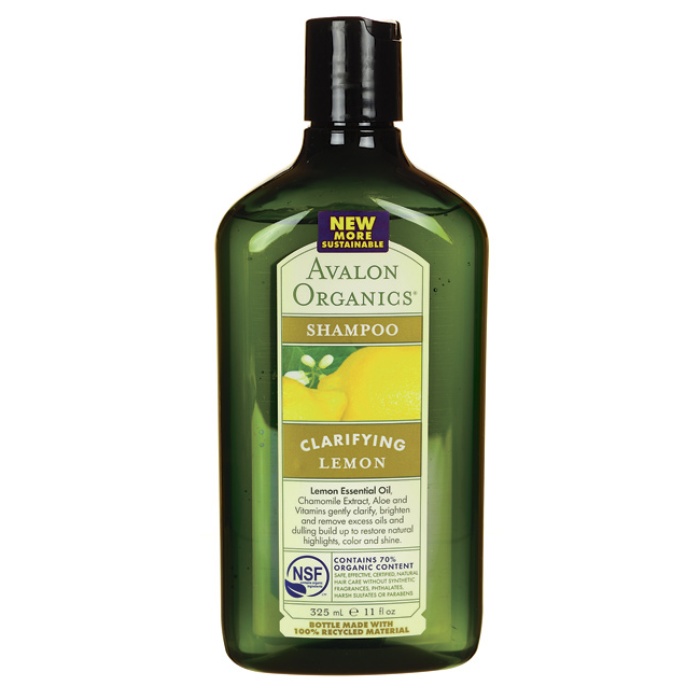Table of Content
If you are looking for the best desiccant dehumidifier to remove moisture from your garage or empty property, then you’ve come to the right place. This Pro Breeze product is a high-performance device and is ideal for colder temperatures. The tank capacity of the device is 3.5 liters, and there’s also a 1. Heat pump dehumidifier consists of a fan, heat pump, and heat coils.

Desiccant dehumidifiers are adaptable and can be used in cold and hot areas. Desiccant dehumidifiers are quieter to operate because they lack a built-in compressor. They range in weight from 5 to 9kg, so they can be relocated fairly easily.
How to Choose the Best Desiccant Dehumidifier for Your Home
Of course, you could search for a cheaper to run unit, but you could be sacrificing important features. Bearing a middle ground water tank at three litres, you might want to utilise the continuous drain facility to avoid emptying it every few hours. You’ll need to ensure that you have a hose that leads to a low-level drain outlet. The DD8L is often the dehumidifier of choice for those who have family members who suffer from asthma.

The process is aided by a fan, which forcibly distributes dry air over desiccant materials. Desiccant dehumidifiers, also known as absorption dehumidifiers, use special filters to help remove excess moisture from indoor spaces. When it comes to silica gel dehumidifiers, you’re in good hands with a product that is easy to use and takes up very little space. Silica gel dehumidifiers are able to absorb moisture up to 99.9% for long-term storage of your food, medicine, and other valuable items. However, dehumidifiers with larger extraction rates are often larger and contain larger tanks. A first-rate desiccant dehumidifier will feature a control board that is well laid out and easy to understand.
Best Desiccant Dehumidifier Reviews UK 2022 – Top 8 Comparison
Brands like Meaco have become extremely popular due to the Which? These tests are not designed in a suitable way to test dehumidifiers. I have not made an overview table of the expected energy use of desiccant dehumidifiers because their energy use differs so much. Also, their energy use range is large because of the optional fan speeds. For desiccant dehumidifiers, water vapor will more easily move from the air to the desiccant substance because the difference in water content is greater. A desiccant dehumidifier uses a sponge-like material to absorb water vapor from the air.

It’s a good option for a boat, garage, RV, or cabin where there are dampness and mold issues. This dehumidifier indicates when the humidity is high, and you need to turn the unit on. You can mount your refrigerant dehumidifier on your wall or floor. They are ideal for controlling balanced humidity levels for facilities. These include production areas, garages, leisure facilities, museums, galleries, and archives.
Power Consumption
Living with excess moisture and humidity can lead to a number of issues both for your home and your health. You might notice signs of mold and mildew alongside the unpleasant, musty odors they can cause. An increase in allergy symptoms and persistent coughing are also unfortunate consequences. They’re also useful in large commercial areas like swimming pools and storage warehouses. Residential dehumidifiers are portable, operate on 115-volt power, and are less expensive.

The wheel constantly rotates to remove the moisture, while a second air stream is heated and pushed through it. The moisture from the wheel is picked up by the hot air stream, which then drives the wheel, allowing it to reactivate and continue drying the process air. Dust mites, in particular, need a relative humidity level of 65 percent to survive and procreate. That’s a level that can be easily managed by using a dehumidifier. Calcium sulfate and molecular sieves are two other options fordesiccants that are less common but may be better suited for certain applications. Applications for desiccants Desiccants are used in many different industries and applications where controlling moisture levels is important.
How long do desiccant dehumidifiers last?
Desiccant dehumidifiers are more effective than other types of dehumidifiers at removing high levels of humidity from the air. They can also be used in lower temperatures than other types of dehumidifiers, making them ideal for use in basements and crawlspaces. Additionally, desiccantde humidifiers do not release any harmful chemicals into the air like some chemical-basedde humidifiers do. There are many types of dehumidifiers out there, but this article will focus on the desiccant dehumidifiers. We looked for those units with this technology and those that offer good performance in removing moisture from the air. As warm air holds more moisture than cool air, the reactivation air absorbs moisture and vents it from the unit using ducts.
Finally, desiccant dehumidifiers typically have a longer lifespan than compressor-based models since there are no moving parts that can wear out over time. The dried air then exits the chamber and is circulated back into the room. Dessicant dehumidifiers are very effective at removing water vapor from the air and can be used in both commercial and residential settings. Desiccant dehumidifiers are not recommended for homes or buildings that have fluctuating humidity levels and/or temperatures within a room. For these types of environments, model choices with electronic controls and more advanced moisture removal features will prove to be better.
Investing in a dehumidifier is an effective way to resolve these problems and a desiccant unit could be exactly what you’re looking for. Unlike a compressor model which uses condensation, a desiccant system utilizes a wheel that acts like a sponge to absorb and remove moisture. The dry air is subsequently propelled back out again, enabling you to breathe easier. Refrigerant dehumidifiers are highly effective and offer energy-efficient humidity control. It then drains the condensed water while dry air is reheated and returned to the internal space.
If the advantages of a desiccant dehumidifier work for your routine, this should be a good choice for you. Use this in your bedroom or closet to keep your clothes protected in the summer humidity. It is also a good dehumidifier to use in small recreational vehicles like an RV or a boat. Choose between low and high fan speed setting to dispel musty smell from the room.
The moisture first gets transferred from the desiccant to the hot air passing through the rotor with the help of the heater. In the next step, moisture gets transferred to the condenser by the process of condensation. These appliances are powerful and capable of removing moisture much more quickly than consumer models. Desiccant dehumidifiers can work to help eliminate moisture from the air in very dry areas. This makes them a great choice for households that live within an extremely humid climate. To use the dehumidifier, turn it on and wait until it reaches its operating temperature.
Using a sensor and an exhaust fan, placed in the crawlspaces, basements, and attics mostly; these dehumidifiers bring the humidity down to appropriate levels. Desiccant models are more efficient than those with compressors, particularly in terms of energy usage. In addition, they produce condensation on windows and other surfaces that could cause damage.
There are many different types of materials that can be used as desiccants, including silica gel, activated charcoal, calcium sulfate, and molecular sieves. Silica gel is one of the most commonly used types of desiccants because it is effective at adsorbing water vapor and has a long lifespan. Activated charcoal also works well as a desiccant but needs to be replaced more frequently than silica gel. In colder climates, especially during heater season, humidity levels should be in the field of 30% to 40% to prevent window condensation.
If you are looking for a unit with extra features, check what is available before purchasing. Desiccant dehumidifiers can remove more moisture from the air than other types of dehumidifiers. This makes them ideal for use in areas with high humidity levels, such as tropical climates.

No comments:
Post a Comment